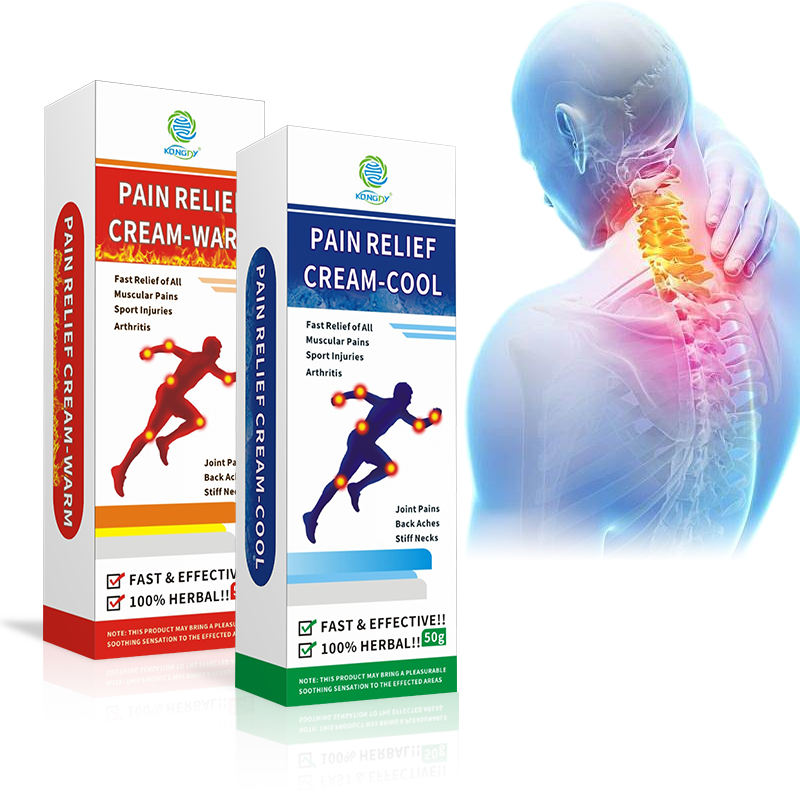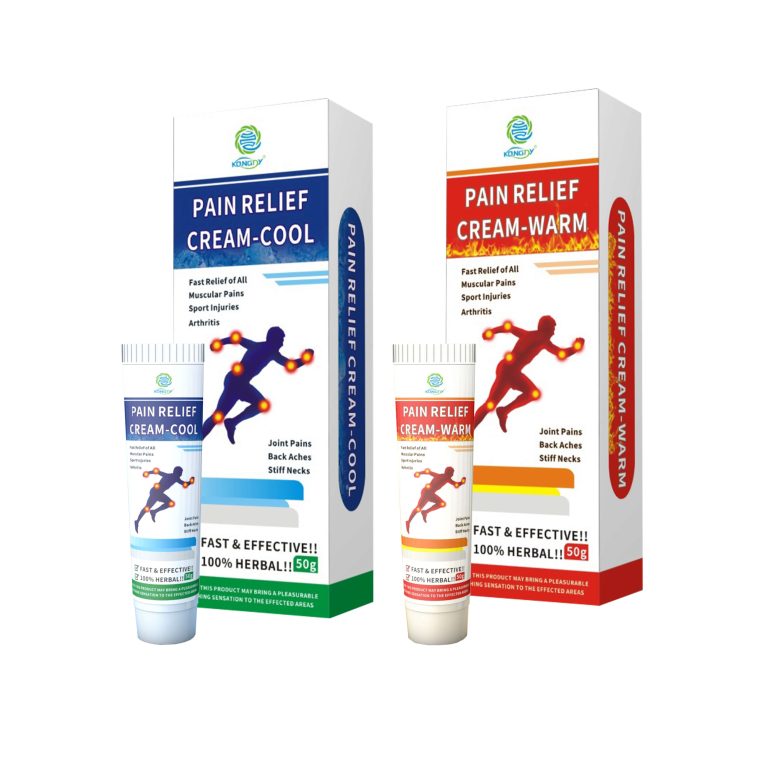Recent advances in transdermal drug delivery have revolutionized pain management through innovative pain cream formulations. These sophisticated topical analgesics leverage cutting-edge technology to enhance penetration through the skin barrier, delivering active ingredients precisely where pain originates.
The efficacy of modern pain creams stems from their carefully engineered delivery systems. Liposomal encapsulation technology allows active compounds to penetrate deeper into tissues by encasing them in microscopic phospholipid spheres. Meanwhile, advanced emulsion techniques create stable mixtures of oil and water-soluble ingredients, optimizing both absorption and skin feel.
Contemporary formulations often incorporate synergistic ingredient combinations. For example, some products pair anti-inflammatories with circulation-boosting compounds like nicotinic acid esters, creating a two-pronged approach to pain relief. Others utilize natural compounds such as arnica, CBD, or boswellia alongside conventional analgesics to enhance therapeutic effects through multiple pathways.

The pharmaceutical landscape has expanded with specialized pain creams targeting specific conditions. Neuropathic pain creams may contain amitriptyline or ketamine to modulate nerve signaling, while athletic recovery formulations might emphasize rapid-acting anti-inflammatory agents alongside cooling menthol.
Research continues to explore novel delivery mechanisms, including microneedle technology that creates temporary microscopic channels in the skin’s outer layer, facilitating deeper penetration of therapeutic agents. Some developers are investigating temperature-responsive polymers that enhance drug release in response to body heat at the application site.
Clinically, pain creams offer compelling advantages for certain patient populations. Elderly patients, who often take multiple medications, benefit from the reduced risk of systemic side effects and drug interactions. Athletes appreciate the targeted nature of topical treatments that don’t impair overall performance or recovery processes.
As research progresses, the future of pain creams looks promising. Personalized formulations based on individual pain profiles and genetic factors may soon become standard practice. With continued innovation in pharmaceutical chemistry and delivery systems, topical pain management options will likely become increasingly sophisticated, offering more effective and tailored solutions for diverse pain conditions.





